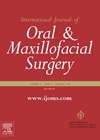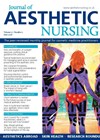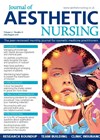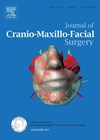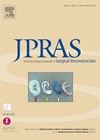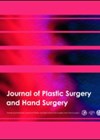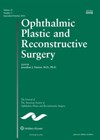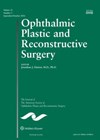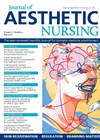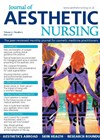
Journal Reviews
Carnoy’s and the KOT
This is a retrospective review of 105 patients with keratocystic odontogenic tumours treated over a 23-year period with a mean follow-up of 86 months. The recurrence rate was 11.4%. Permanent neuro-sensory deficit of the inferior alveolar nerve was 16%. Younger...
Risks and benefits of sunlight exposure
The author provides a timely summary of recently published National Institute for Health & Care Excellence (NICE) (2016) guidance regarding the risks and benefits of sunlight exposure and capturing the challenges which face healthcare professionals in communicating key messages focusing...
Managing photodamage
The authors explore components of skin ageing, discussing extrinsic as well as intrinsic factors, with the focus upon the process of photoageing. The anatomy of the epidermis is discussed, supported by diagrams, in relation to extrinsic factors inducing photodamage, in...
Do implants assist rehabilitation following mandibular reconstruction?
The gold standard for the reconstruction of the mandible is a free bony flap, the fibula being commonly used. Following reconstruction optimal function and aesthetic rehabilitation is the goal. There is no doubt that patients consider chewing, swallowing and speech...
Money saving using CAD-CAM in mandibular reconstruction
Computer aided design and computer aided manufacturing (CAD-CAM) are an exciting dimension in the functional and accurate reconstruction of the oral cavity. The fibula is commonly used for mandibular reconstruction as a free flap. This straight bone needs to be...
Contralateral breast symmetrisation in unilateral DIEP flap breast reconstruction
This paper is focused on whether an immediate breast symmetrisation procedure is beneficial when a patient undergoes contralateral breast resection plus an immediate free flap reconstruction for breast cancer. Free abdominal perforator flaps (DIEP) generally offer the highest postoperative satisfaction...
The use of platelet-rich plasma in skin flap grafts
This study was conducted to evaluate the ability of platelet rich plasma (PRP) to stimulate angiogenesis following skin flaps graft surgery, and its effect on flap survival rate. The use of PRP to improve the quality of bone regeneration and...
Retroauricular vs. inguinal donor site for full-thickness skin grafts in syndactyly repair
Most surgeons recommend the use of full thickness skin grafts (FTSGs) for syndactyly repair in order to achieve a tension free reconstruction and prevent web creep. The inguinal region, cubital fossa and wrist are all well recognised donor sites for...
Imiquimod for lentigo maligna
This is a retrospective review of 12 patients with periocular lentigo maligna treated with topical 5% imiquimod cream. In six patients it was the only treatment, and in the other six it was used following partial excision, cryotherapy or both....
Serology testing in periocular inflammatory disease
This is a review article of serological tests in thyroid eye disease, IgG4-related disease and myasthenia gravis. The authors provide an overview of the current serology with a brief description of how they relate to the pathogenesis of each condition....
Polydioxanone thread-lifting
A poignant medical liability piece for aesthetic nurses undertaking polydioxanone (PDO) thread lifting. The author provides the clinical background, as well as the anatomical areas which may benefit from rejuvenation with PDO threads. There is some discussion surrounding comparison with...
Non-surgical rhinoplasty: key indications and considerations for nasal augmentation
The author discusses a personal perspective, and preferred treatment techniques of non-surgical rhinoplasty, using dermal fillers and botulinum toxin. Onabotulinum toxin A and incobotulinum A are discussed for off-label use in this advanced indication, and the author suggests using calcium...

